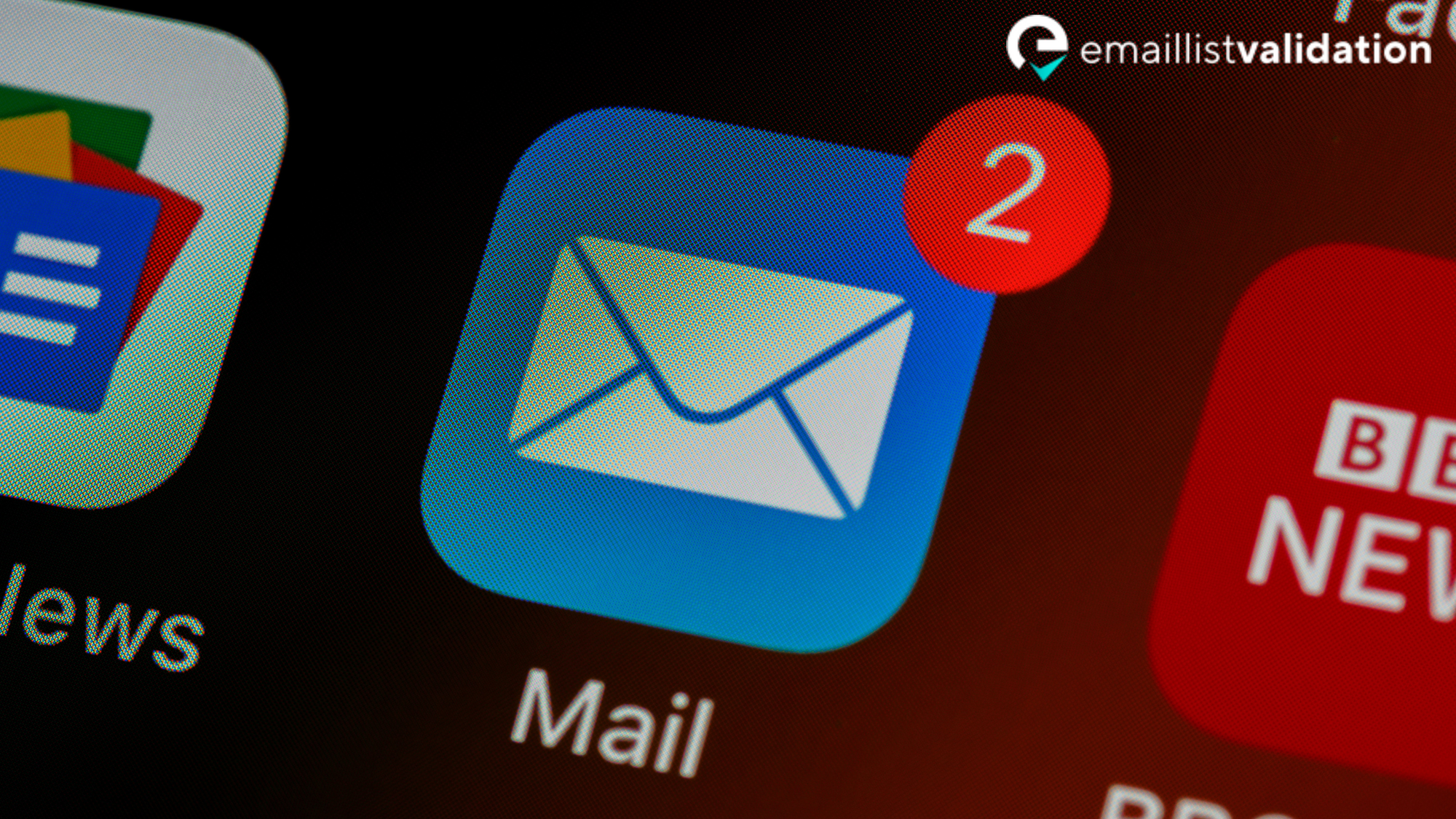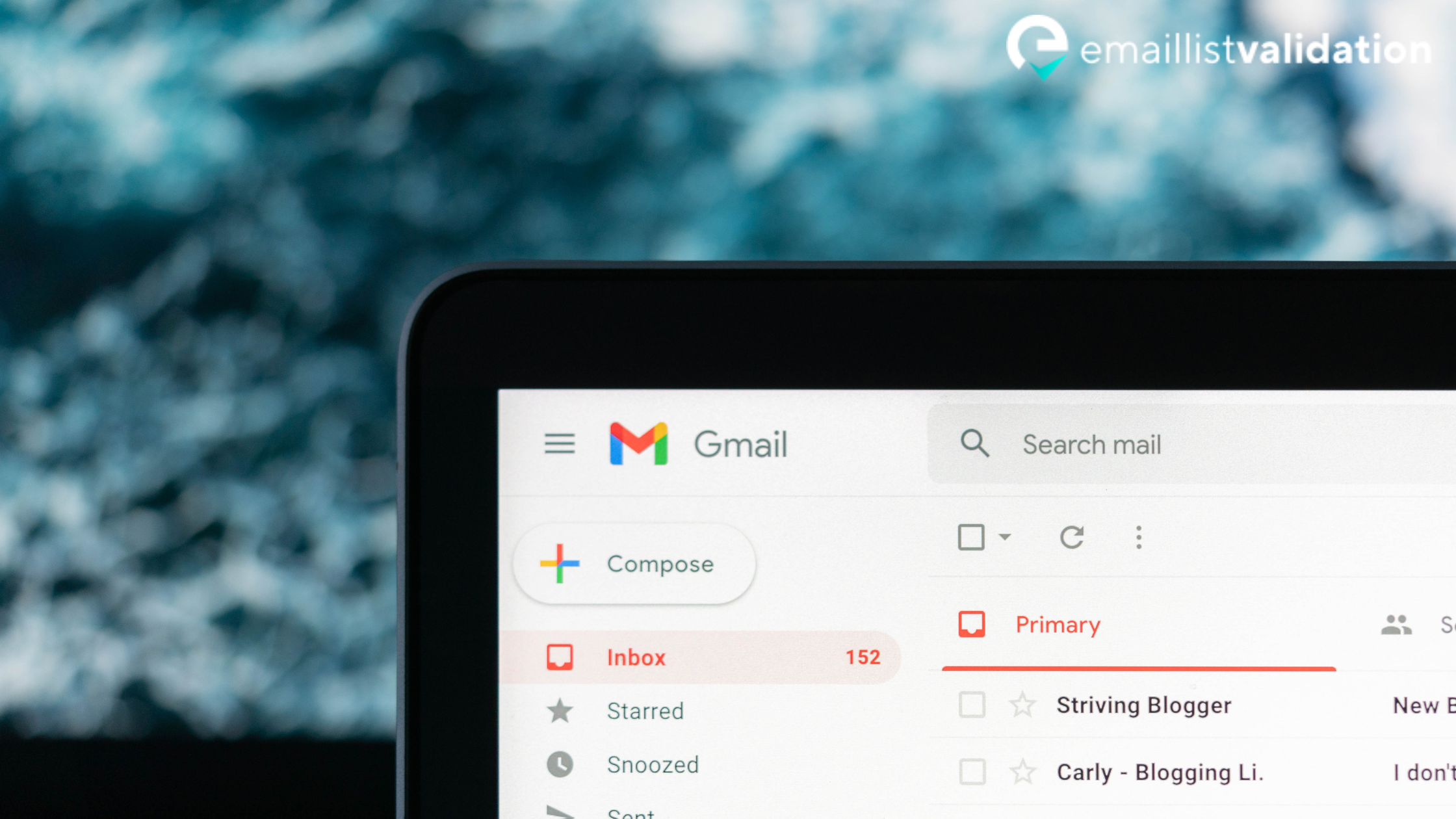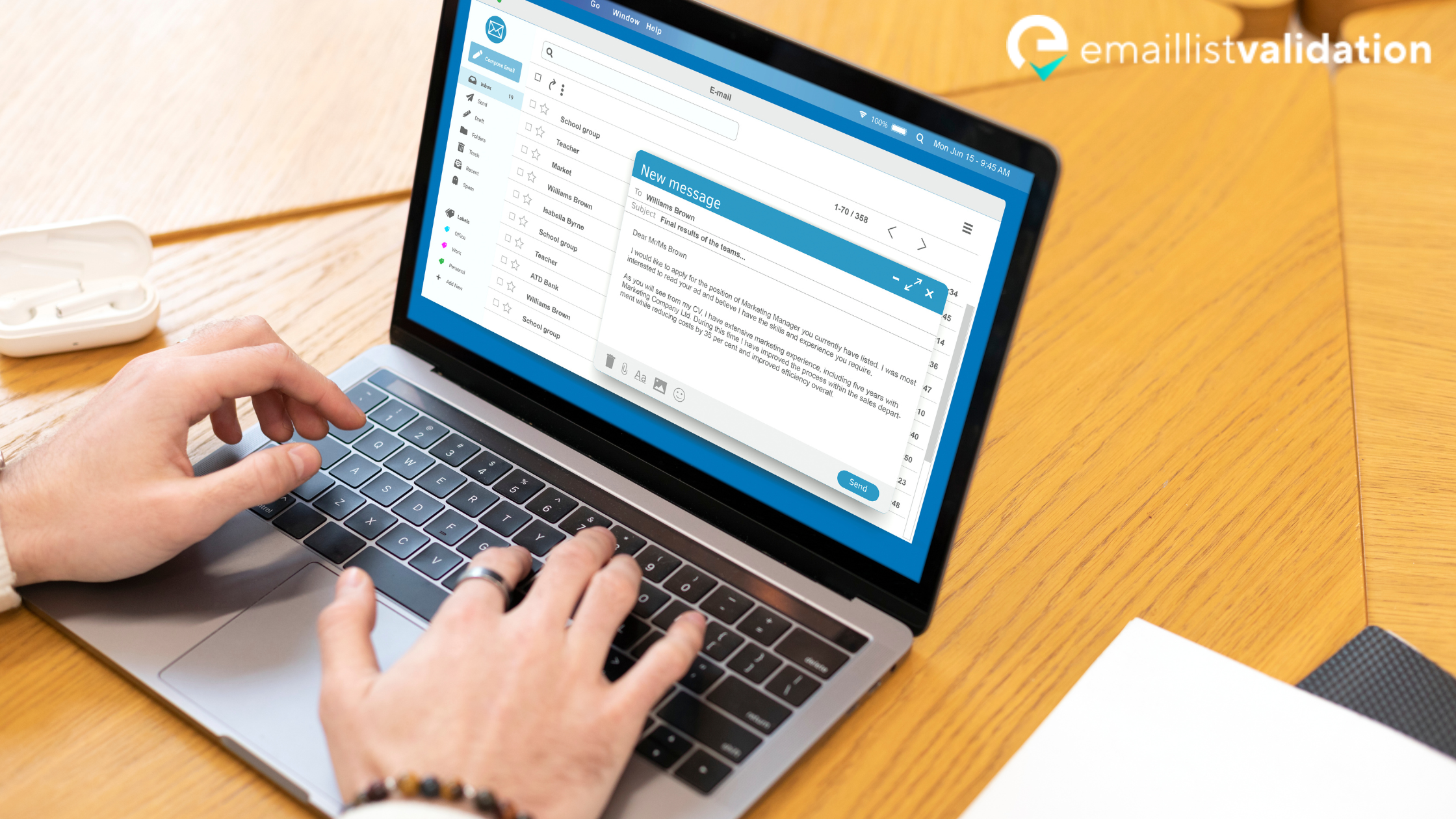Email marketing is a type of direct marketing in which commercial messages or promotional materials such as newsletters, promotional offers, or announcements about new products or services, are sent to a group of people via email. Deliverability plays a massive part in the success of your email marketing campaign. Email deliverability is crucially important because if your emails are not reaching your subscribers' inboxes, your marketing efforts will be wasted.
As an email marketer, you should avoid having any kind of bounces but that doesn’t mean they’re all bad news, this article will give you a thorough explanation of what is a soft bounce in email marketing and how can you avoid having them.

What Is A Soft Bounce?
A soft bounce is an email delivery term that refers to a situation in which an email message is returned to the sender due to a temporary delivery problem. This could be due to a number of factors, including a full recipient inbox, a temporary email server outage, or a huge attachment that exceeded the recipient's mailbox size restriction.
When Will I Face A Soft Bounce?
It's more likely to face soft bounce when:
The recipient’s mailbox is full
If the recipient's inbox is full and cannot accept any additional messages, your email may return with a soft bounce error message stating that the mailbox is full.
Temporary email service issues
If the recipient's email server is having a temporary problem, such as a network outage or maintenance, your email may return with a soft bounce error message stating that the message was unable to be delivered due to a temporary problem.
Large attachment size
If your email contains a large attachment that surpasses the recipient's mailbox size limit, the message may bounce back with a soft bounce error message stating that it could not be delivered due to the attachment size.
Spam filter
If your email is flagged as spam by the recipient's spam filter, you may receive a soft bounce error notice stating that the message was not sent due to spam filtering.
Impact Of Soft Bounce On Email Marketing

Negative Effects Of Soft Bounce On Email Deliverability
A soft bounce occurs when an email message is momentarily rejected by the recipient's mail server for reasons such as a full mailbox, a temporary server fault, or an email message that is too large. Soft bounces can harm email deliverability and email marketing campaigns in the following ways:
- Reduced sender reputation: A high volume of soft bounces can negatively impact the sender's reputation, leading to a decreased ability to deliver emails to the inbox. This can lead to emails being marked as spam, and email providers may start blocking emails from the sender.
- Reduced email deliverability: Email providers may start filtering emails that have a high number of soft bounces as spam, which can result in emails being delivered to the spam folder or being blocked altogether.
- Wasted resources: Email campaigns can be costly, and if a high number of soft bounces occur, it can waste resources and reduce the overall return on investment (ROI) of an email marketing campaign.
Risks Of High Soft Bounce Rates
A high soft bounce rate can be a sign of a larger problem with an email marketing campaign. If a high number of soft bounces occur, it may indicate that the email list is outdated, or that the email content is not engaging enough to keep subscribers interested. High soft bounce rates can result in:
- Increased email list attrition: If subscribers are consistently receiving emails that are bouncing, they may become frustrated and unsubscribe from the email list altogether.
- Reduced engagement: A high number of soft bounces may indicate that subscribers are not engaging with the email content. This can lead to decreased open rates, click-through rates, and conversion rates.
- Decreased revenue: Reduced engagement and email list attrition can lead to decreased revenue from an email marketing campaign.
What Is The Difference Between A Soft Bounce And A Hard Bounce?

In email marketing, a hard bounce is a failed delivery of an email message to the recipient's email address. It occurs when an email is unable to be delivered to the intended recipient due to a permanent error that stops the message from reaching the recipient's inbox. Soft bounces are different from hard bounces, here are some key differences between them:
- Soft bounces are typically caused by temporary issues, such as a full mailbox or a temporary server issue, whereas hard bounces are usually caused due to a permanent issue, like an invalid or non-existent email address.
- Email servers normally attempt to deliver a soft-bounced message numerous times before giving up, whereas hard bounces are usually not retried and are promptly returned to the sender.
- Soft bounces are considered temporary issues, they have no negative influence on the sender's reputation, but on the other hand, a significant number of hard bounces, can hurt the sender's reputation and impact future deliverability.
- Soft bounces normally do not require any action from the sender because they are resolved automatically. Hard bounces, on the other hand, signal a permanent problem that requires the sender to remove the email address from their mailing list in order to prevent sending to it in the future.
You can read more about the difference between a soft bounce and a hard bounce.
Best Practices For Dealing With Soft Bounces

When a soft bounce occurs, the email delivery system will try to resend the message at a later time, however, if the issue persists, the email may eventually be classified as a hard bounce and returned to the sender. Soft bounces can be reduced to increase email deliverability and ensure that your messages reach their intended recipients. These are some strategies to reduce soft bounces:
Strategy 1: Keep a clean email list
To avoid bounced emails, remove inactive or incorrect email addresses from your list.
Strategy 2: Verify email addresses
To guarantee that the email addresses on your list are valid and active, use an email verification service.
Strategy 3: Use a double opt-in process
Request that subscribers confirm their email addresses via a double opt-in process. This ensures that your list contains only valid email addresses.
Strategy 4: Monitor email deliverability
Keep an eye on your email deliverability rates and look for any issues causing soft bounces. To uncover delivery issues, use email tracking software.
Strategy 5: Use reputable email service providers
Pick a reliable email service provider with a solid track record of delivering emails to the inbox.
Strategy 6: Avoid spam triggers
In your email message, avoid employing spam trigger words or phrases like "earn money fast" or "free offer." These can set off spam filters and result in soft bounces.
Strategy 7: Personalize Emails
Personalizing emails with the subscriber's name or other information can help increase engagement and reduce the likelihood of soft bounces.
If a soft bounce occurs you should make sure to verify the email address you’re sending to and make sure there are no typos or mistakes in the format of the address, cause that could be the reason your message has bounced. You can also check if the recipient’s mailbox is full. You can always try and send the message later if the soft bounce was due to a temporary issue, however, if you keep on experiencing soft bounces you may contact the recipient to see if there are any issues with their email account.
Conclusion
Now that you understand what is a soft bounce in email marketing, you’ll get how essential it is to keep track of your email delivery and the average bounce rates to guarantee that your messages reach their intended recipients. If your bounce rate is significant, you should evaluate your email list to ensure that all of the email addresses are valid and up to date.



